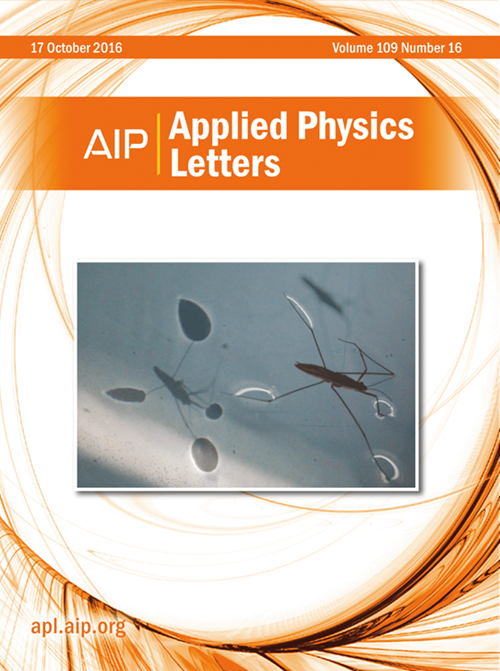Ultra-long-range Bessel beams via leaky waves with mitigated open stopband
IF 3.5
2区 物理与天体物理
Q2 PHYSICS, APPLIED
引用次数: 0
Abstract
Open stopband (OSB) mitigation techniques are commonly used to improve the far-field radiating properties of leaky-wave antennas based on periodic structures. Recently, leaky waves have been proposed to focus energy in the near field through Bessel beams. However, the focusing character of Bessel beams is notably limited to a maximum distance known as the nondiffractive range. In this work, an OSB mitigation technique is originally exploited to significantly extend the nondiffractive range of a Bessel beam generated by a leaky-wave launcher in the microwave/millimeter-wave range. A comprehensive analysis of this device is presented, comparing the performance of the proposed launcher with the typical structure of a leaky-wave Bessel-beam launcher where the OSB is not suppressed. Theoretical results, corroborated by full-wave simulations, demonstrate that the proposed device achieves an impressive nondiffractive range of about 25 m. The latter, at 30 GHz, approximately corresponds to 2500 wavelengths (in vacuum) and to 50 times the aperture diameter which is about 50 cm. These results look particularly attractive for, e.g., near-field communications and wireless power transfer applications, where focusing energy in narrow regions and over large distances is a key factor.求助全文
约1分钟内获得全文
求助全文
来源期刊

Applied Physics Letters
物理-物理:应用
CiteScore
6.40
自引率
10.00%
发文量
1821
审稿时长
1.6 months
期刊介绍:
Applied Physics Letters (APL) features concise, up-to-date reports on significant new findings in applied physics. Emphasizing rapid dissemination of key data and new physical insights, APL offers prompt publication of new experimental and theoretical papers reporting applications of physics phenomena to all branches of science, engineering, and modern technology.
In addition to regular articles, the journal also publishes invited Fast Track, Perspectives, and in-depth Editorials which report on cutting-edge areas in applied physics.
APL Perspectives are forward-looking invited letters which highlight recent developments or discoveries. Emphasis is placed on very recent developments, potentially disruptive technologies, open questions and possible solutions. They also include a mini-roadmap detailing where the community should direct efforts in order for the phenomena to be viable for application and the challenges associated with meeting that performance threshold. Perspectives are characterized by personal viewpoints and opinions of recognized experts in the field.
Fast Track articles are invited original research articles that report results that are particularly novel and important or provide a significant advancement in an emerging field. Because of the urgency and scientific importance of the work, the peer review process is accelerated. If, during the review process, it becomes apparent that the paper does not meet the Fast Track criterion, it is returned to a normal track.
 求助内容:
求助内容: 应助结果提醒方式:
应助结果提醒方式:


